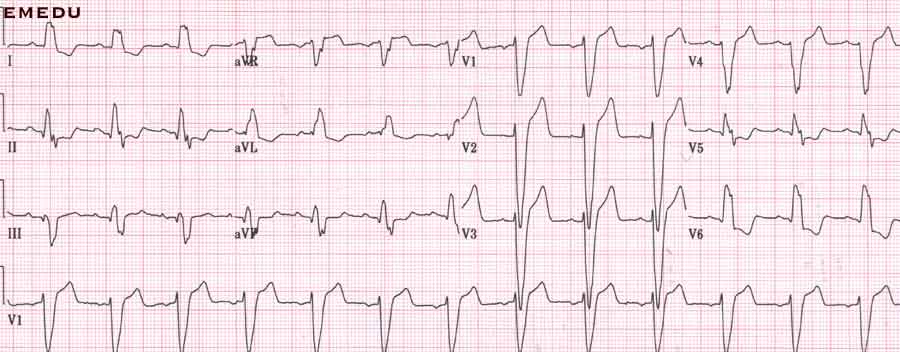The EKG Quiz - Medical Science Test
- AHA
- ACC
- ESC
2.
You may optionally provide this to label your report, leaderboard, or certificate.
Submit
Submit
Submit
Submit
Submit
Submit
Submit
Submit
Submit
×
Thank you for your feedback!
















